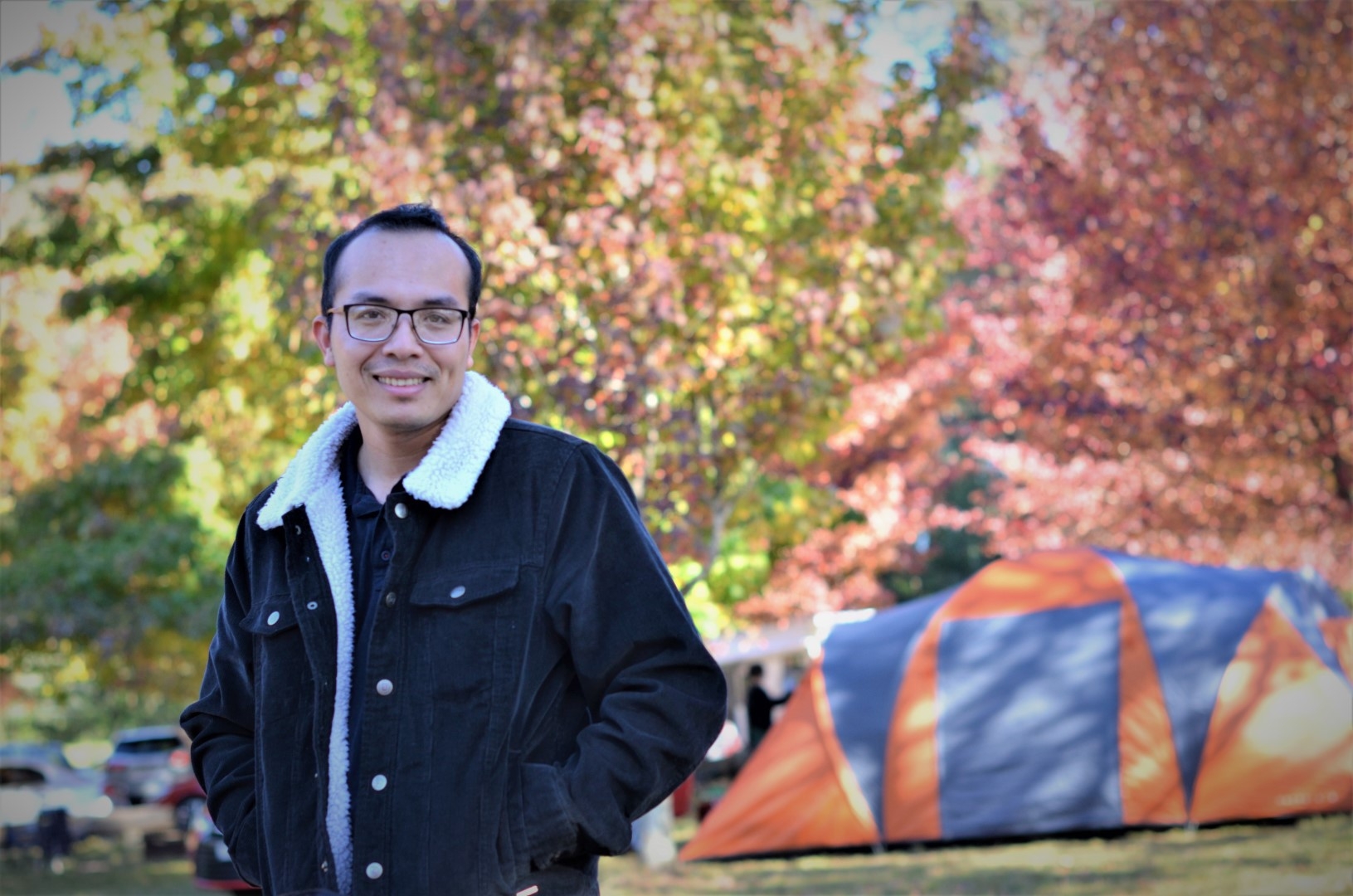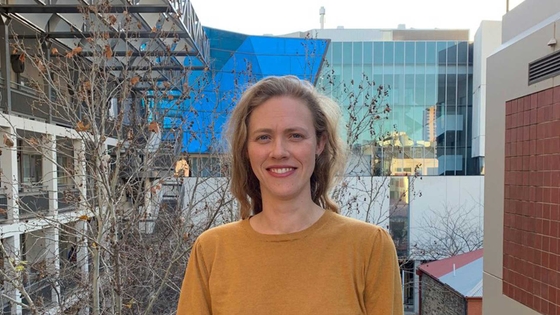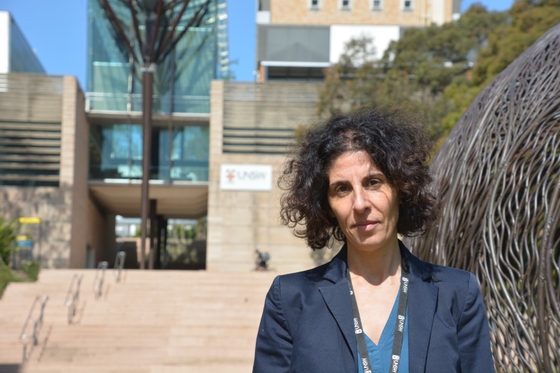
Q&A with Dr Thanh Nho Do
Dr Thanh Nho Do is a Scientia Lecturer at the University of New South Wales. Dr Do received a 2020 Heart Foundation Vanguard Grant to design a soft skin-like robotic device that can help people with heart failure.
What are you currently researching?
Heart failure is a condition where the heart muscle is not able to pump blood to the rest of the body the way it should. It is a serious chronic condition that needs lifelong management. If untreated, it can lead to serious illness. In 2017-2018, over 100,000 Australians were living with heart failure. By 2030, it is estimated that heart failure will affect nearly 750,000 Australians, which could cost up to $3.8 billion in annual national healthcare costs. Some people with end-stage heart failure might be referred for a heart transplant. However, the availability of donor hearts is limited, and sadly people can die while waiting for a heart transplant. Also, unfortunately not everyone is a candidate for a heart transplant. In 2020, there were only 148 heart transplants performed across Australia. For this research project, I will develop a new soft skin-like robotic device that can help people with end-stage heart failure. The new technology will wrap around the heart using soft artificial muscles. Then, using a miniature controller which can be implanted under a person’s skin, we can improve the heart’s pumping action. The device can automatically match up with a person’s natural heartbeat to improve the heart’s ability to pump blood around the body. The size of the robotic skin can also be adjusted for different heart sizes. This is exciting research because it could potentially give people waiting for a heart transplant more time and could help them feel better.
What difference will your research make to people’s cardiovascular health in Australia?
People currently waiting for a heart transplant may need to stay in hospital and sometimes need the support of a special type of life-support machine that replaces the normal action of the heart and lungs (extracorporeal membrane oxygenation; ECMO). Unfortunately, this is often only suitable for a very small number of people. For other people on the heart transplant waiting list, a type of device called a ventricular assist device can help people to survive longer. A ventricular assist device is a type of artificial heart pump that can help people with heart failure. The device is inserted into the heart to help the heart pump blood around the body more efficiently. It’s connected to a control unit that the person must wear on the outside of their body all the time. The unit can be heavy and inconvenient. Through my research, the device I’m developing will hopefully offer a better treatment option for people with heart failure. By using lighter, more modern materials, our robotic device will be more convenient and comfortable for people. It will be less bulky and require less invasive surgery to insert it. The proposed device can also be mass produced at a relatively low cost. It may contribute to improving quality of life for people living with heart failure. This new technology could also mean improved heart failure care for people living in remote parts of Australia who may have limited access to healthcare. We are also working on the development of a totally artificial soft robotic heart. Our aim is to build this and use it as an innovative research and teaching tool for students and researchers. In the future, we could potentially even use the artificial heart instead of a donor heart in people with heart failure.
What motivated you to do your research?
I am motivated to develop a new robotic device for heart failure to address some of the limitations with existing devices. For example, some current devices can’t adapt to the heart surface very well. They can also be bulky, can require a large skin incision to insert them, and can be noisy. They also aren’t always that efficient in improving the heart’s pumping ability. The device I’m developing and testing will be smaller, more comfortable, less expensive and potentially more effective at helping the heart to return to its normal pumping motion. It can hopefully give people more time and improved health while waiting for a heart transplant.
What role has Heart Foundation funding had in your career journey?
Funding from the Heart Foundation will help advance my research career in robotics and mechatronics (a type of engineering involving mechanics and electronics). I envision that this device can improve the treatment options for people with heart failure. This support will significantly help me to achieve my research vision, which is to combine robotic, surgical and wearable devices to improve Australians’ quality of life.
Do you have a message for Heart Foundation supporters?
Funding from the Heart Foundation improves cardiovascular disease diagnosis and treatment through research. This research can improve the quality of life for people with a heart condition. It also puts Australia on the world map for research in smart technologies, the way in which hearts and computers can interact, and in the heart robotics field. I would like to give special thanks to the donors and supporters. Your support for Australian researchers helps us to achieve our research mission and vision.
You might also be interested in...

Q&A with Dr Katharine McBride
Keeping the heart strong: Testing a heart health promotion program co-designed by Aboriginal women

Q&A with Mrs Vicki Wade
Beyond the Scars: The social and emotional wellbeing of young Aboriginal and/or Torres Strait Islander Peoples with rheumatic heart disease

Q&A with Associate Professor Damia Mawad
The next generation of pacemakers: leadless, flexible and organic
Last updated09 January 2024